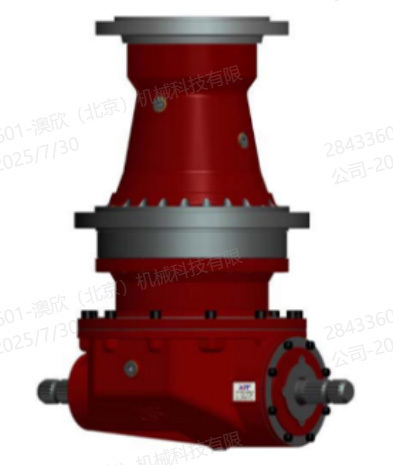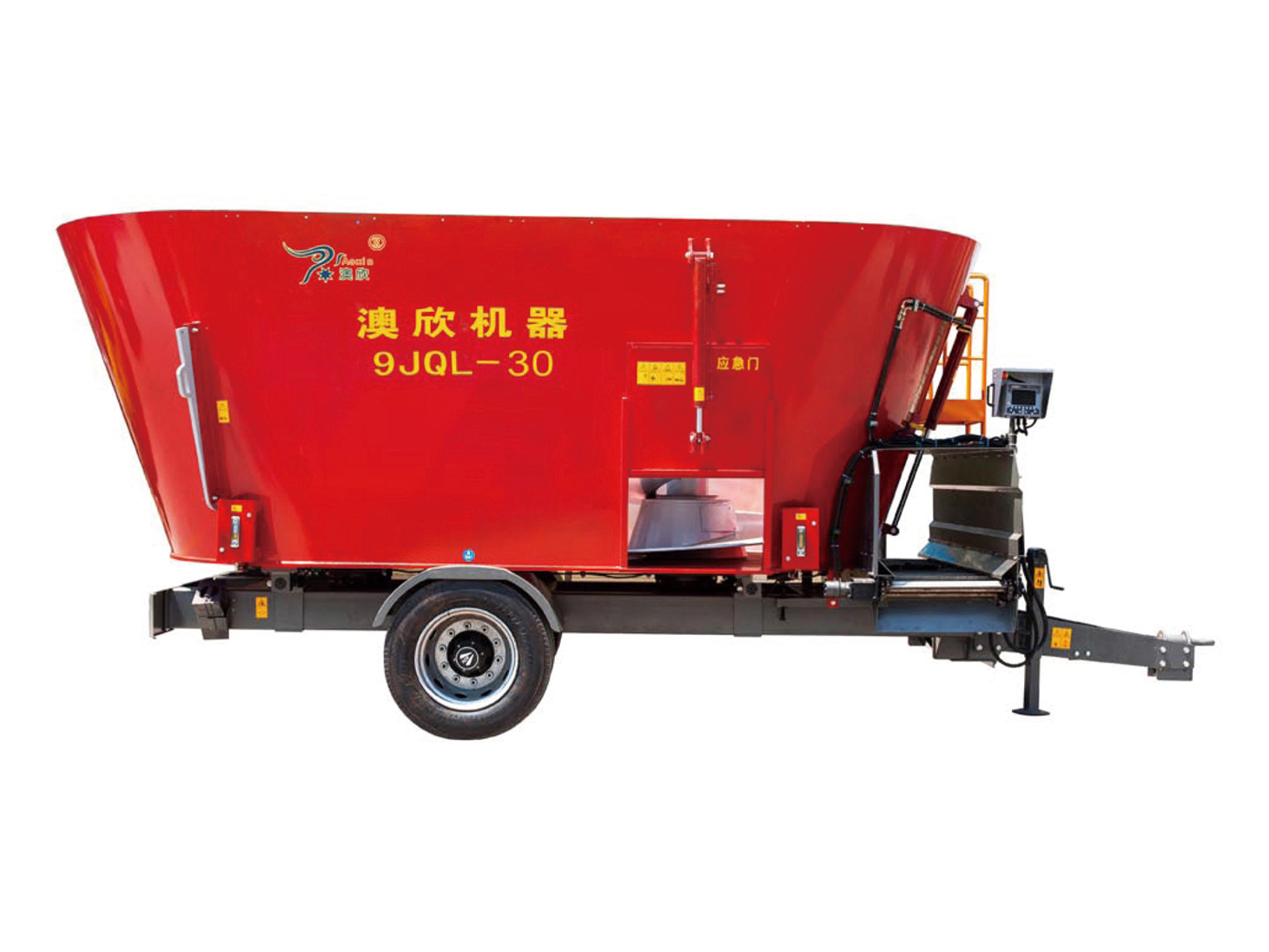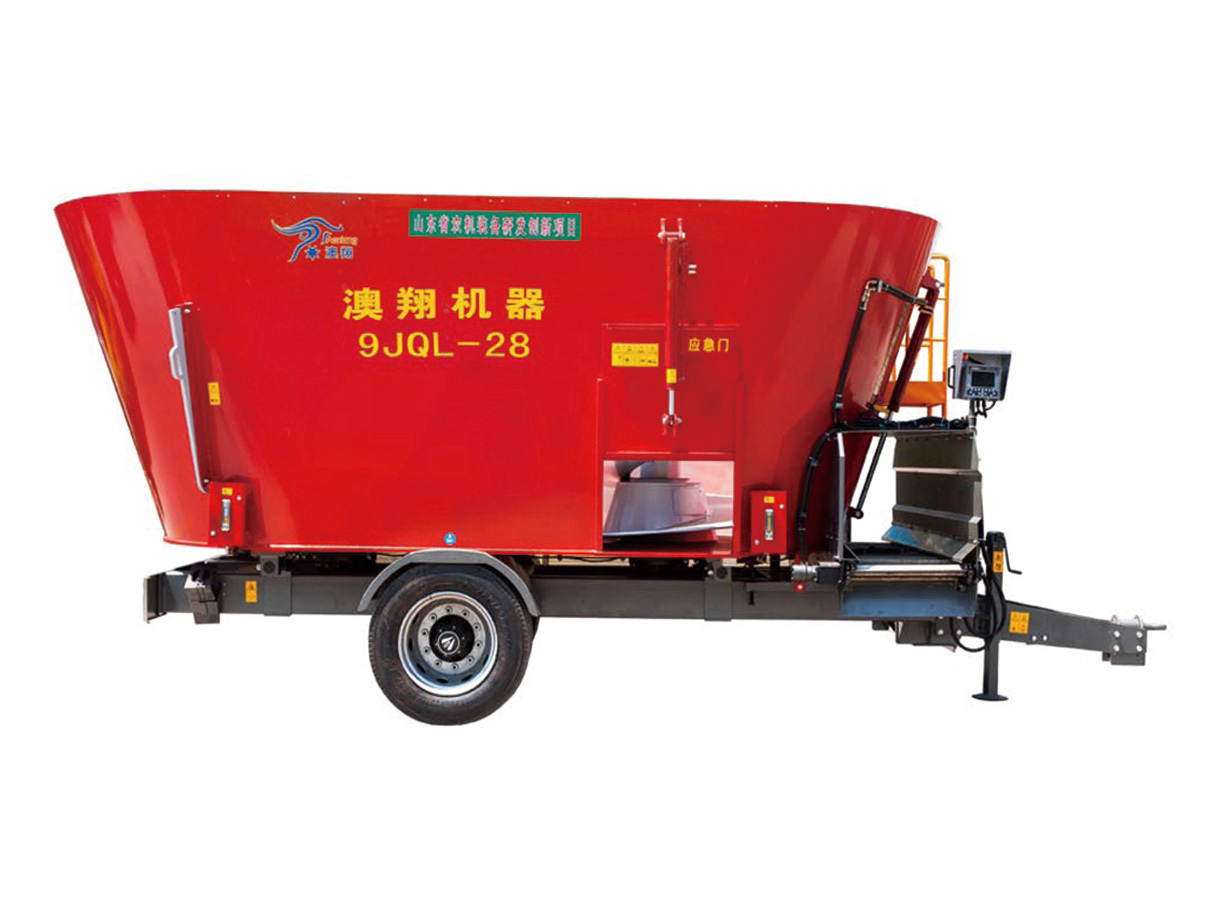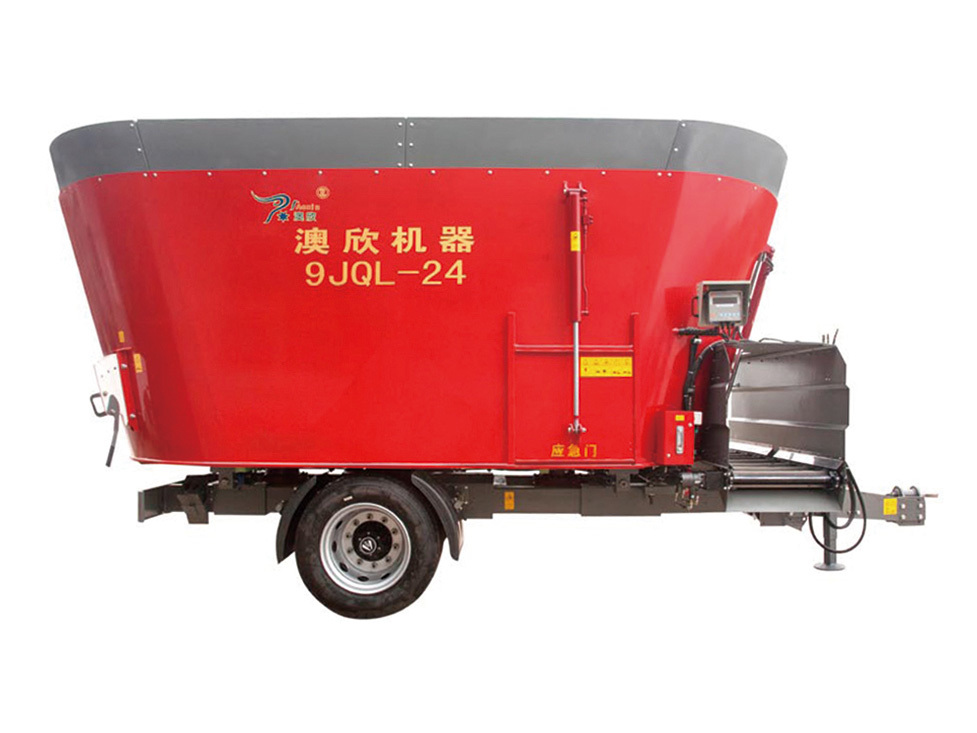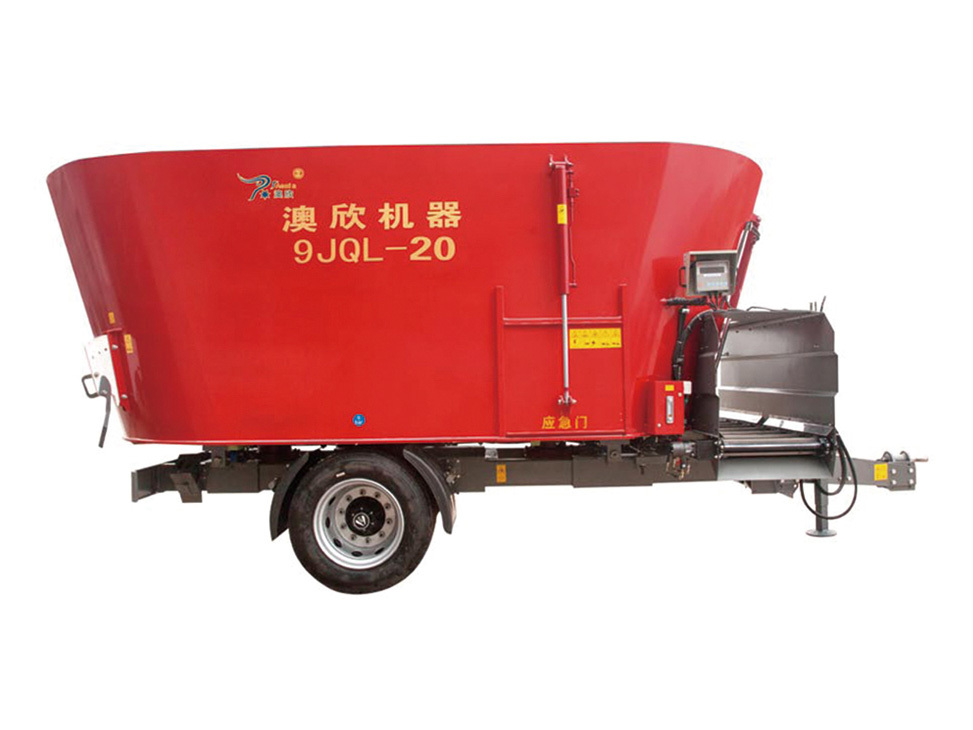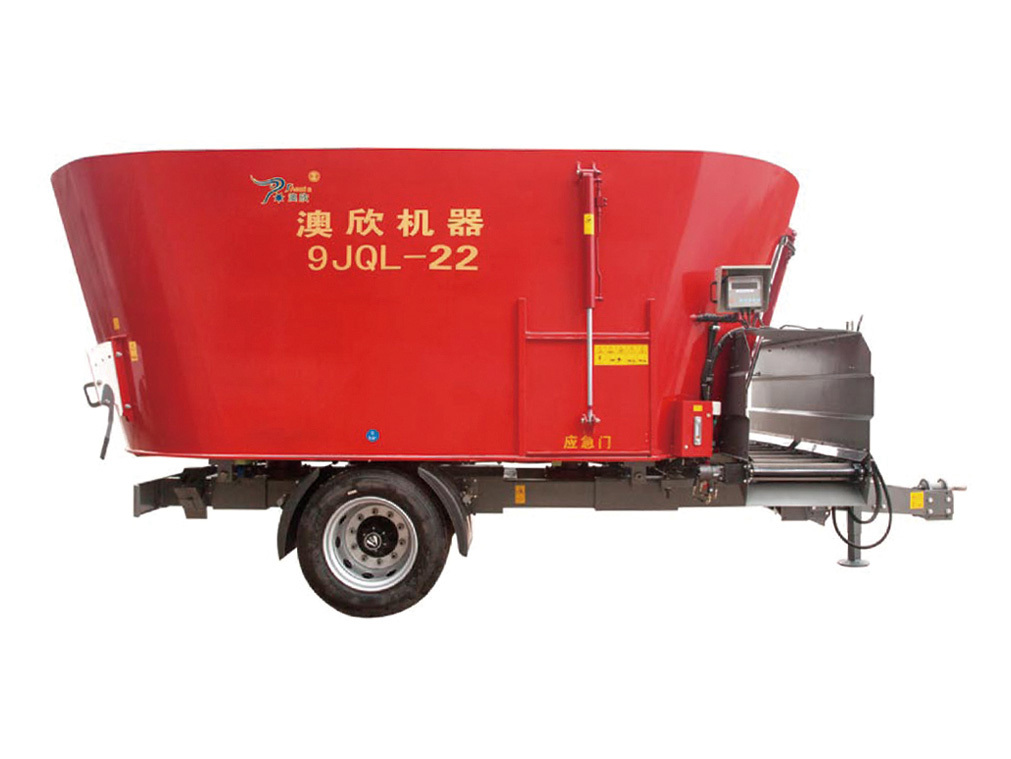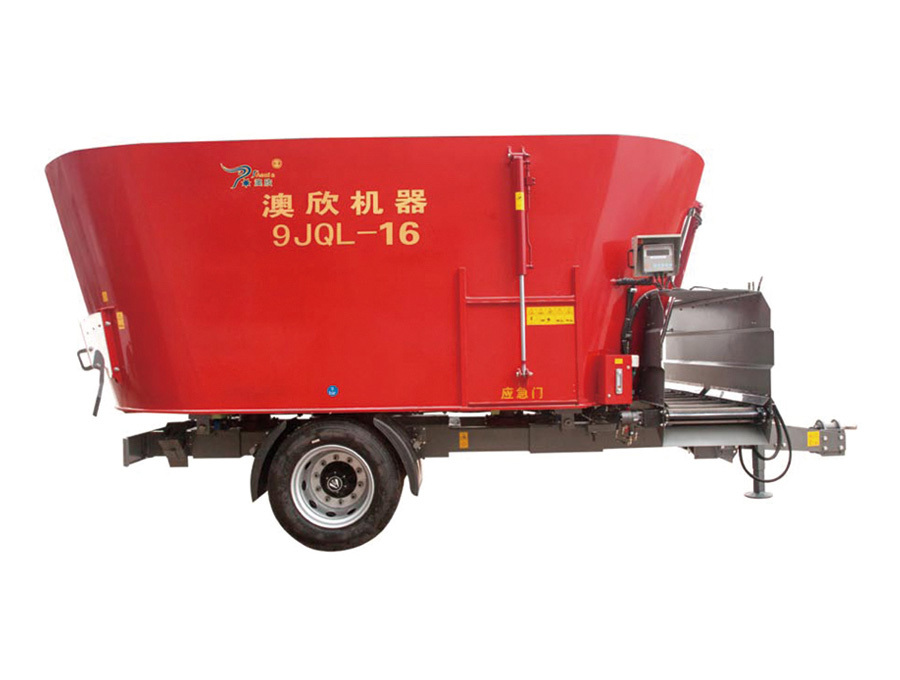TMR Auger Reducer
Keywords:
AoXin
Category:
Product Description
Function
Reduce speed, increase torque—matched to operational demands
The rotational speed output by the power source—such as a motor or engine—is typically high (often in the thousands of revolutions per minute), but the torque is relatively low, making it unsuitable for directly driving the auger. The auger needs to rotate at a much slower speed to effectively mix and move the material, while also requiring substantial torque to overcome the resistance posed by the materials being handled.
A gearbox achieves this transformation by using an internal gear system that engages and transmits power, converting the high-speed, low-torque input into a lower-speed, higher-torque output. Typically, the auger operates at a reduced speed of 10 to 50 RPM, ensuring it can steadily handle large volumes of materials like straw, silage, or concentrated feed—and preventing issues such as jamming or shutdowns caused by insufficient torque.
Precise control of the auger's rotational speed
TMR mixing requires adjusting the auger speed based on the material type—such as coarse fibrous straw or fine, soft silage. When processing tough or bulky materials, a slightly lower speed is recommended to increase torque, while for lighter materials, the speed can be increased to enhance mixing efficiency. The gearbox, with its precisely designed gear ratio, works in tandem with a speed-control mechanism (like hydraulic or mechanical speed regulation) to ensure stable and consistent control of the auger speed, thereby guaranteeing uniform cutting and mixing performance.
Transmit power, safeguard system security
The gearbox serves as the "central hub" for power transmission, efficiently delivering energy from the power source to the auger shaft. At the same time, its internal components—such as overload protection devices and friction clutches—can absorb sudden surges in load (e.g., material jamming or foreign objects entering the system) by slipping or cutting off power, thereby cushioning the impact. This prevents damage to the motor, engine, or auger blades caused by instantaneous overloads, ultimately safeguarding the entire drivetrain.
Adapt to the device structure and optimize the layout.
The size and installation method of the gearbox can be tailored to the structural design of the TMR equipment (such as horizontal mixers or vertical mixing tanks), ensuring a seamless integration between the power source and the auger’s spatial positioning. This approach minimizes the footprint of transmission components, resulting in a more compact device design. For instance, in dual-auger systems, two separate gearboxes can independently drive the left and right augers, enabling individual speed adjustments and significantly improving the uniformity of mixing.
Ensure operational stability
The internal gears of the reducer undergo precision machining and lubrication, enabling them to maintain stable transmission efficiency even at high speeds while minimizing vibration and noise. This consistent power output prevents fluctuations in auger speed that could lead to uneven mixing of materials, ensuring the TMR feed maintains the desired particle size and uniformity required for optimal livestock nutrition.
Related Products
Online Quotation Request
If you're interested in our products, please leave your email, and we'll get back to you as soon as possible. Thank you!


